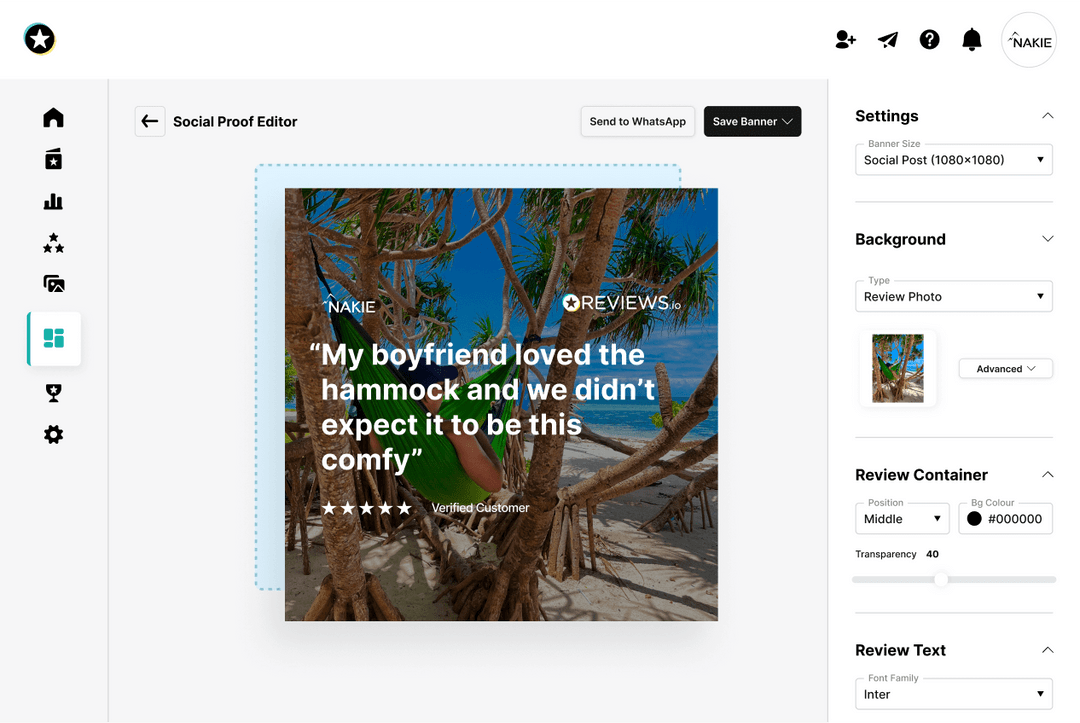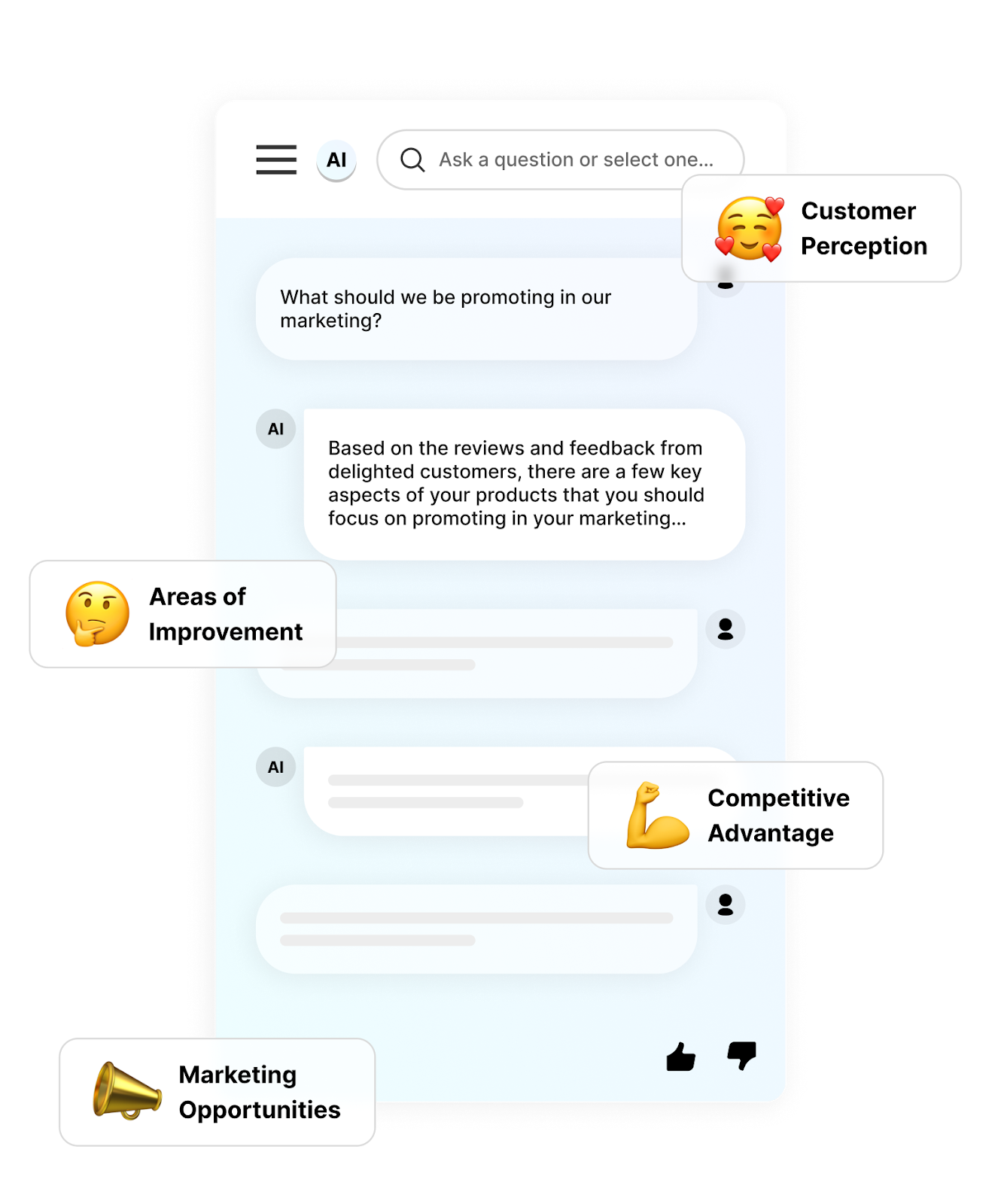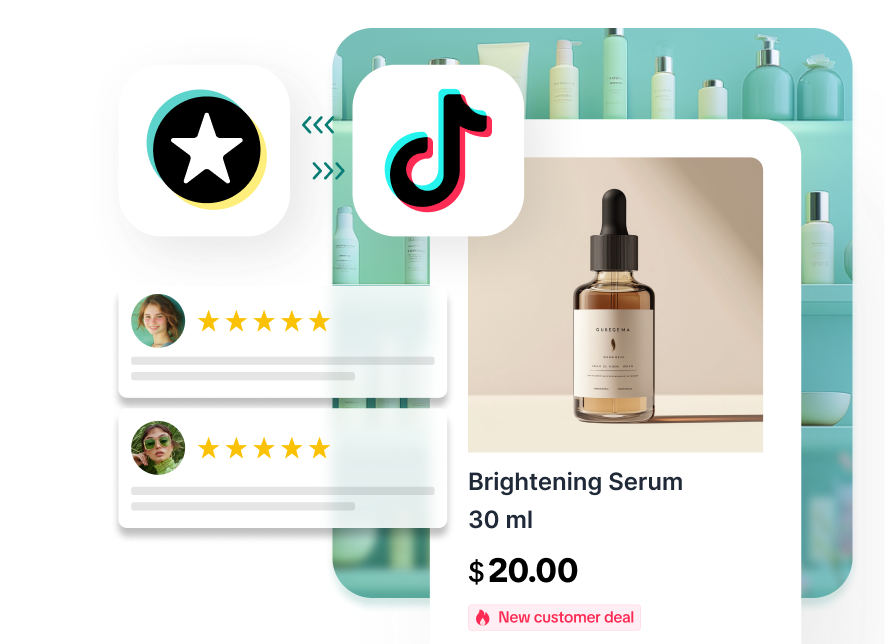
Why and How Asking For More Reviews Can Fuel Your Business Growth

Once the rush of BFCM dies down, your reviews become one of your most valuable business tools. They show you what customers loved, where they struggled, and how your offers really landed.
The next step is learning how to turn that insight into action - using reviews to strengthen relationships, improve operations, and drive growth long after the sale.
This is the third post in our dedicated series on BFCM review management.
If you haven’t already, check out our guides on how to set up your BFCM review strategy, and how to handle reviews in the BFCM rush.
Post-BFCM reviews give you a direct line to your happiest customers - the ones most likely to buy again or tell their friends.
Turning this feedback into a retention strategy builds loyalty that lasts beyond the sale.
Start by segmenting reviewers according to sentiment or star rating so you can identify your biggest brand advocates.
Once you know who they are, follow up with tailored campaigns like early-access events or exclusive thank-you offers that keep them engaged.
If you’ve combined reviews and loyalty, launch a post-BFCM push to encourage repeat spending.
Offer extra points or limited-time rewards for second purchases to convert seasonal shoppers into long-term members.
Your happiest customers are powerful advocates. With referral marketing campaigns, you encourage them to share their experience and guide their friends and family to your store.
It’s a simple way to turn trust into new traffic and lower acquisition costs.
BFCM reviews are the key to retention - helping you identify advocates, reward loyalty, and turn satisfied shoppers into repeat customers.
Reviews are more than feedback. They’re real stories from real customers, and the most persuasive assets you’ll ever own.
When you repurpose reviews across marketing channels, you extend the momentum of BFCM long after the discounts end.
Transform your best reviews into ready-to-use ad content with the REVIEWS.io Social Proof Editor.

Real customer quotes and visuals make campaigns more relatable, helping new shoppers connect with your brand and trust what you’re selling.
With REVIEWS.io’s advanced integration, you can build UGC powered Klaviyo flows that show real customer experiences throughout your lifecycle campaigns.
From abandoned-cart to post-purchase emails, reviews add reassurance and authenticity that boost open rates, clicks, and conversions.
Combine customer photos, videos, and reviews into immersive on-site galleries that double as shopping experiences.
Shoppable UGC galleries can be shared both on-site and on Instagram, bridging the gap between discovery and purchase.
BFCM reviews have long-term value. They’re persuasive, reusable marketing assets that keep driving trust and sales all year round.
The feedback you collect during BFCM is a blueprint for improving next year’s results.
Analysing reviews with AI helps you understand what customers valued most, what caused frustration, and how to deliver a better experience next time.

AI analysis highlights which products and offers generated the strongest reactions.
You can see what customers loved, where expectations fell short, and which details - from product quality to delivery - influenced their experience most.
Review data makes it easy to identify repeat complaints around delivery, pricing, or communication.
Fixing these problems early ensures smoother operations and a better customer journey during the next BFCM.
Your reviews provide a complete picture of performance. Use them to refine your campaigns, messaging, and preparation.
Check out our guide on BFCM sentiment analysis to help you uncover what mattered most to customers this year and plan with confidence for next.
AI-powered insights turn this year’s feedback into next year’s growth.
Your reviews shouldn’t live in one place. Sharing them across platforms extends their reach, strengthens your online reputation, and helps new audiences discover your brand with confidence.
After BFCM, when review volume is at its highest, it’s the perfect time to put that social proof to work.
If you’re expanding into social commerce after BFCM, your existing reviews give you a head start.
Sync verified product reviews to TikTok Shop so your listings display real experiences from real customers - creating instant credibility with new audiences.

For merchants selling on major retail platforms, REVIEWS.io also lets you syndicate product reviews to Walmart, or to multiple sites through our Bazaarvoice integration.
This means the reviews you collect from BFCM can instantly boost your visibility, strengthen trust, and drive conversions across every marketplace you sell on.
Strengthen your wider reputation with REVIEWS.io Reputation Manager, our distribution tool for company reviews.
After BFCM, use your influx of happy customers to collect store ratings on trusted platforms like Trustpilot, Trusted Shops, or seller sites such as Etsy - improving rankings across the web.
When your BFCM reviews power TikTok listings, marketplace pages, and trusted platforms, they do more than prove quality - they grow your reputation.
Every review you collect after BFCM is an opportunity. A chance to learn, to improve, and to strengthen the connection you’ve built with customers.
When you use those insights to refine your products, enhance your campaigns, and recognise loyal shoppers, reviews become more than feedback - they become fuel for future growth.
Handled well, reviews don’t just protect your reputation during the rush. They shape every part of the customer experience and lay the foundation for long-term loyalty, trust, and repeat business.
Book a demo with REVIEWS.io today to see how we can help you turn post-BFCM feedback into your biggest growth advantage.
Segment reviewers based on sentiment and reward those who left positive feedback. Follow up with loyalty boosters, referral offers, or early-access campaigns to turn them into repeat buyers.
Use AI tools to spot sentiment patterns and recurring issues in your reviews. This helps you prioritise improvements and refine your product, service, and messaging for the next peak season.
Turn them into social proof across your channels. Use UGC in ads, integrate reviews into Klaviyo email flows, and create shoppable galleries that blend authenticity with conversion power.
Syndicate reviews through integrations like TikTok Shop, Walmart, or Bazaarvoice, and use Reputation Manager to collect company reviews on Trustpilot, Trusted Shops, or Etsy to strengthen brand credibility.



